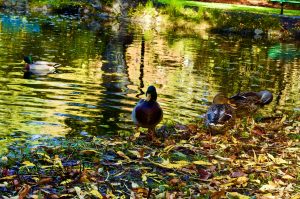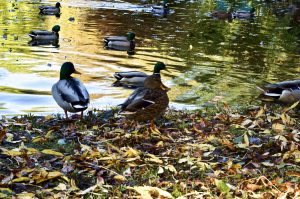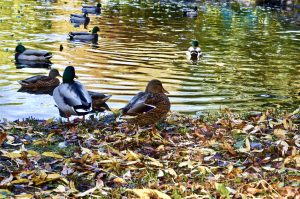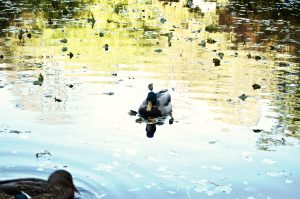So far in this blog i have explored two of the three parts of film exposure, ISO and shutter speed. The final part of exposure is the aperture.
Aperture is the area of the hole that allows light to hit the sensor and is measured via the f-stop scale. Low f-stop indicates a larger area and high f-stop means a small area. The f-stop is calculated by dividing the lens focal length by the diameter of the aperture. For example, the first photo shown below has an f-stop of 20 and was shot with a 55mm lens, that means the aperture was 2.75mm in diameter.





The aperture also changes the depth of field or how much of the image can be in focus. Although it is not super visible in this photo series, the smaller the f-stop the shallower the depth of field. Meaning that at f5.2 less of the image is in focus.
Taking pictures of ducks in Beacon Hill park brings me back to a project I during my undergrad on duck behaviour and the damage that humans feeding them has. We looked into if the ducks could be taught to not approach humans who have food. Our result were that over short time periods, with the same person trying to feed them, ducks could be taught to not approach humans for food. Feeding ducks is quite bad for them. It affects their health and disrupts their migratory patterns. It was a great experience and we used photography to gather our data. The experience was part of the reason why I took on this project.